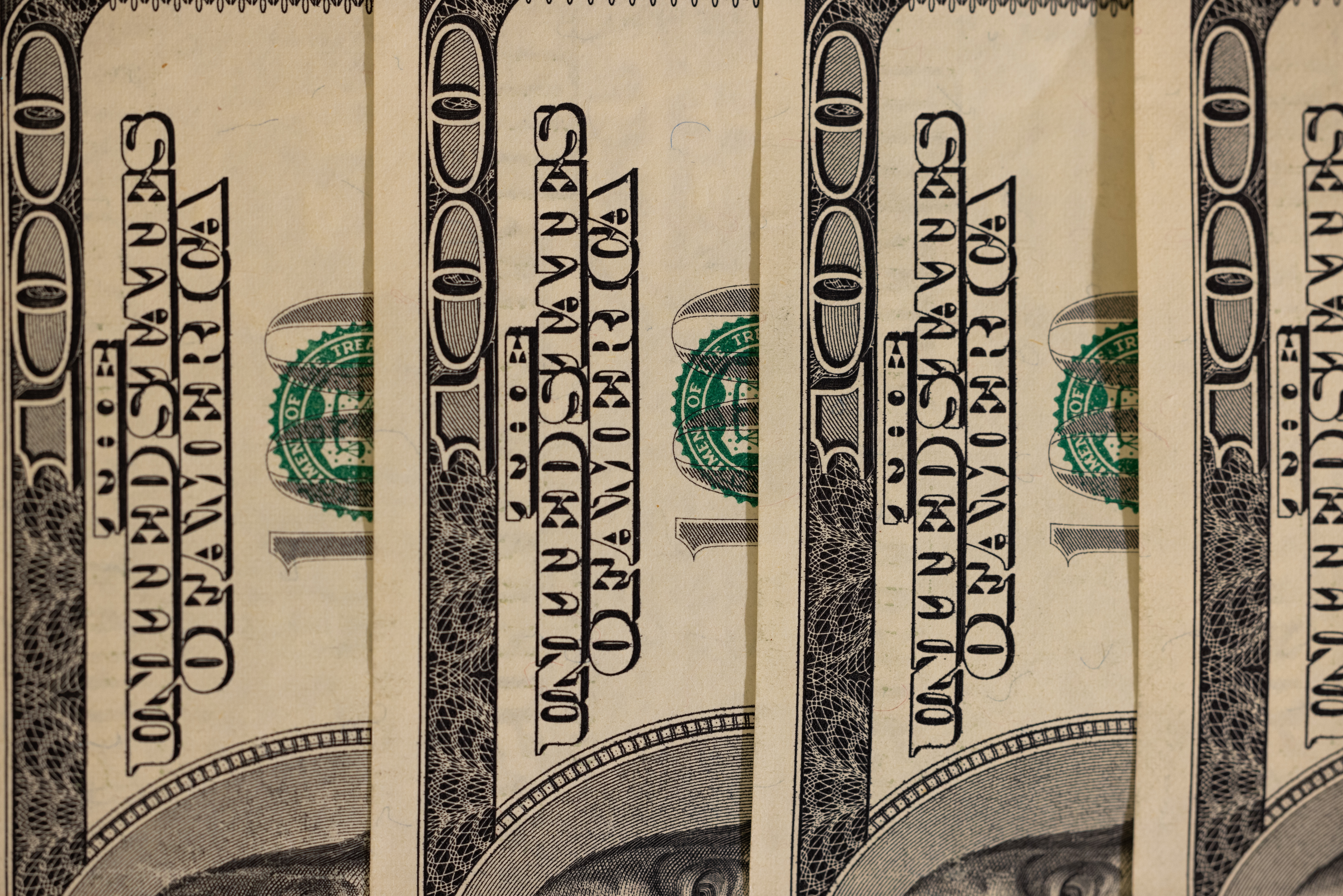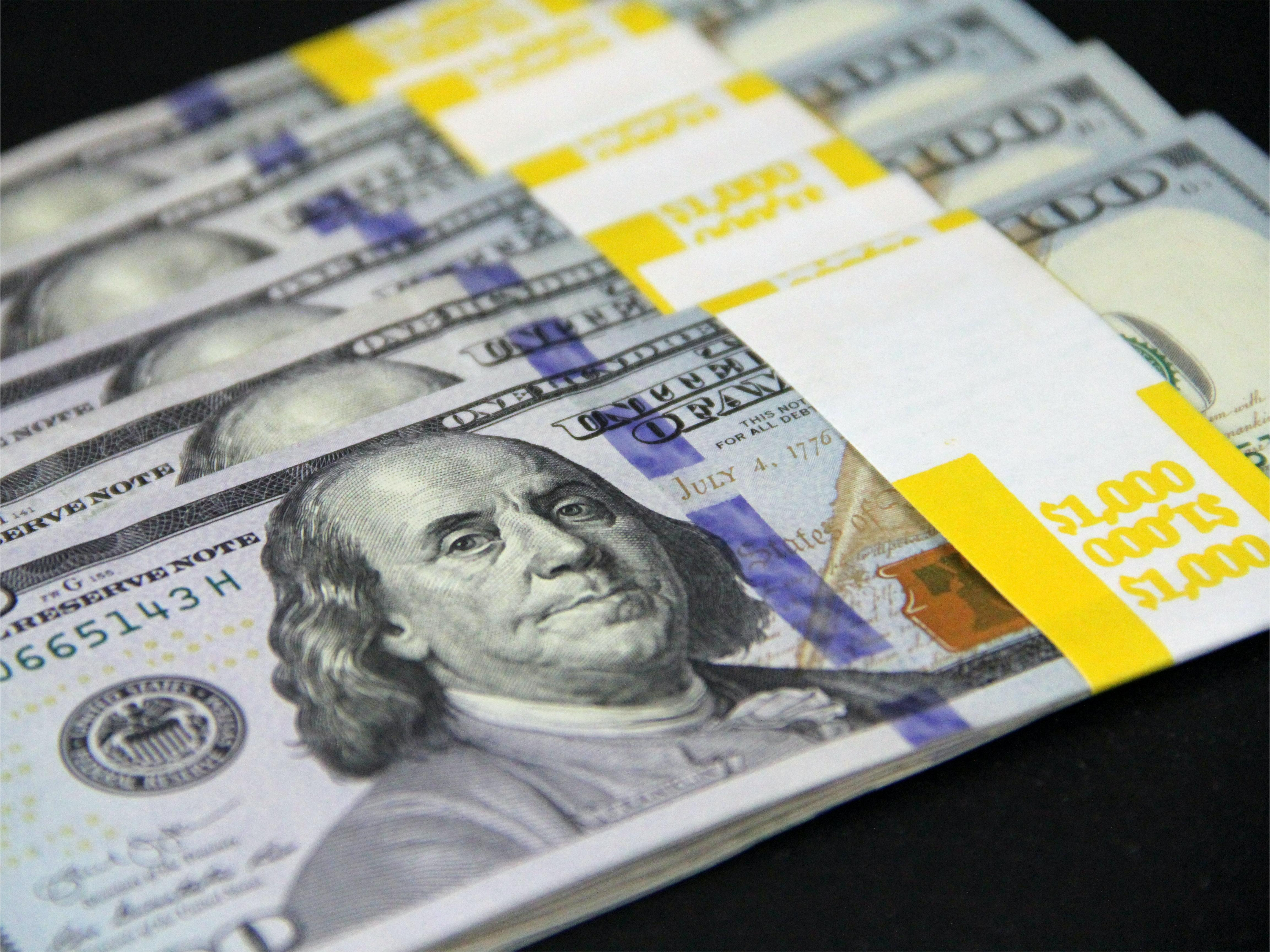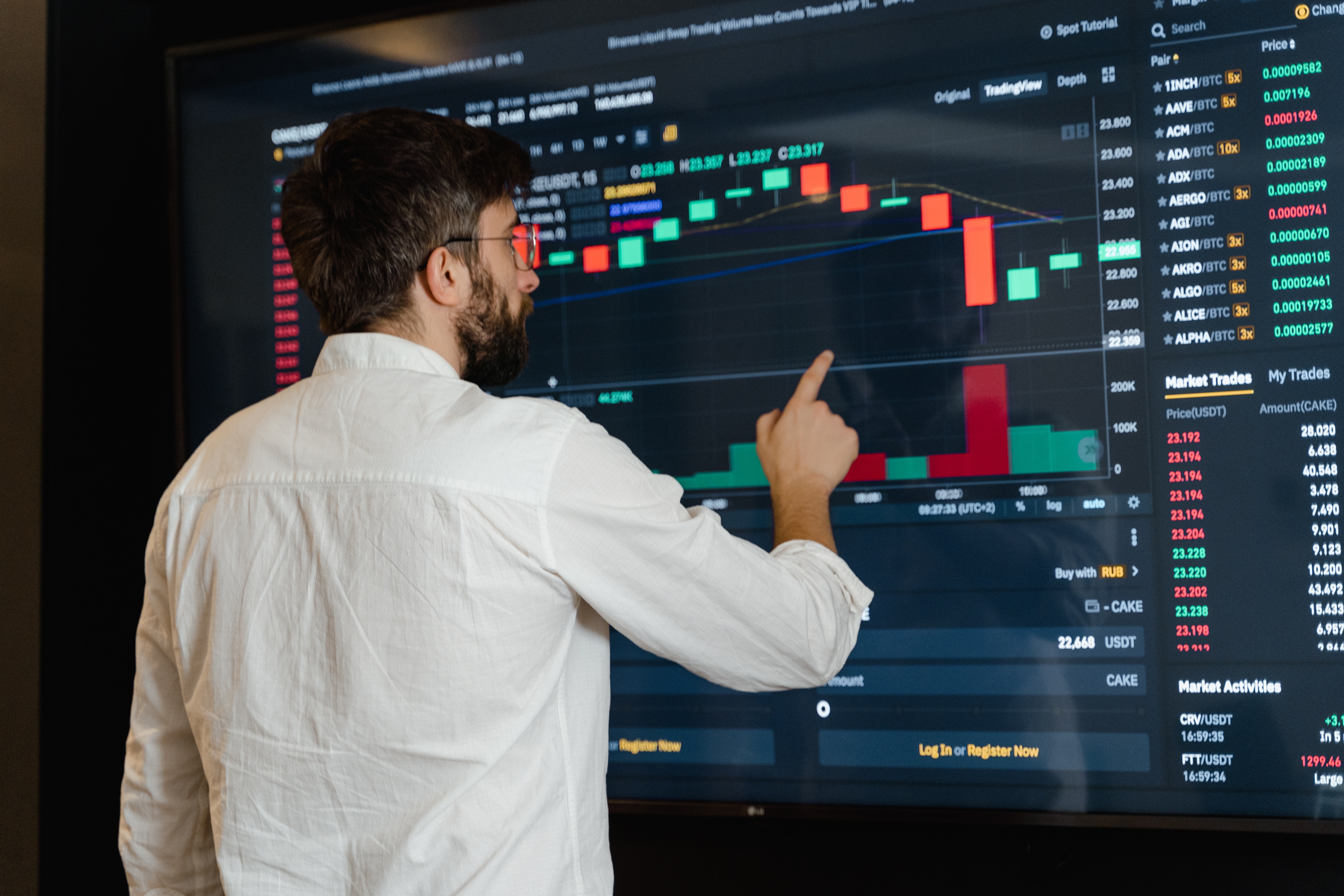
The Mysterious Call of Tibet: VERTU IRONFLIP Takes You to the Big Picture of Your Heart
In the ancient and mysterious land of Tibet, where the sacredness and serenity of nature can be felt with every
This year, global investors who are “black and blue” urgently need a hug. In the brutal American “battlefield”, the classic 60/40 stock-bond portfolio had a return of -34.4% in 2022, which is the worst performance in 100 years. Even the defensive portfolio with 25% cash/commodities/stocks/bonds only had a return of -11.9%, which is the worst performance since 2008.
However, Michael Hartnett, the most accurate analyst in predicting the US stock market trend this year and the chief strategist of Bank of America, warned that investors may ultimately receive a “bear hug”.

U.S. stocks (S&P 500) have fallen from around 4,800 points to the 3,500 point range this year. Whenever the market hits a low, everyone expects the Federal Reserve to cut interest rates to save the market, but this is not feasible now because inflation remains very high and stubborn, and the job market is still hot, showing no signs of recession or the need for a bailout. Although the market is currently somewhat oversold and investors have a lot of cash on hand, this only means that a “bear market rally” could occur at any time, and the ultimate low may not have arrived yet.

Last Thursday (October 13th), the U.S. stock market’s performance was astonishing, and it may also summarize the current predicament faced by the U.S. stock market.
On that day, the U.S. stock market plummeted at the opening due to higher-than-expected inflation data, with the drop nearing 3% at one point. However, the three major stock indices all rebounded by more than 2% at the close, leaving many seasoned traders astounded. The range of fluctuations in the S&P 500 index on that day was as high as 5.03%, which is the largest single-day fluctuation since March 18, 2020, when the fluctuation was 7.22%, and the U.S. stock market triggered a circuit breaker due to the outbreak of the pandemic.
What exactly happened behind such crazy fluctuations?
Before the opening on that day, the highly anticipated inflation data was released – the U.S. inflation rate rose by 8.2% year-on-year in September (exceeding the expected 8.1%, with the previous value being 8.3%); the core inflation rate increased by 6.6% (a 40-year high). Several key indicators were higher than expected, reigniting expectations for the Federal Reserve to accelerate interest rate hikes.
This indicates that inflation may be more intractable than previously imagined. Upon further investigation, the main factor leading to higher data than expected is housing inflation, which rose by 6.6% year-on-year, reaching the highest level on record; similarly, rental inflation hit a historical high of 7.2%. According to Matt Weller, the head of global research at Gain Capital Group.
Based on the FedWatch tool of the Chicago Mercantile Exchange, federal funds futures traders now estimate that there is a more than 90% probability that the Federal Reserve will raise interest rates by another 75 basis points in November, and some have even begun to price in a 100 basis point increase. As the Federal Reserve intensifies its fight against inflation, at least a total of 150 basis points of interest rate hikes are expected by the end of this year.
After months of stubborn inflation and soaring interest rates, nervous traders have desperately sold off risky assets. The yield on the more monetary policy-sensitive 2-year U.S. Treasury bond once surged nearly 20 basis points, testing the highest level in 15 years at 4.50%; the U.S. stock market also fell nearly 3% at the opening.
On the evening of October 13th (last Thursday) at 23:00 Beijing time, the market unexpectedly rebounded. The three major US stock indices all saw a single-day increase of more than 2%, with the S&P 500 experiencing a daily fluctuation of over 5%. The energy, technology, and financial sectors led the gains. “One possible reason is the automatic triggering of buying orders near the 200-week moving average,” said a foreign investment bank’s prime brokerage business trader to me. After all, this year, the S&P 500 has seen a decline of nearly 25%, with a drop of nearly 10% just in September. The stock index has retreated from above 4,800 points to the 3,600 point range.
However, by last Friday (October 14th), the 2% rebound was completely given back. The S&P 500 fell by 2.37% on that day, returning to the 3,500 range, closing at 3,583.07 points. This confirmed that the rebound on Thursday (October 13th) was still a bear market rebound, and any significant rebound was quickly suppressed by the bears.

It is worth mentioning that hedge funds have accelerated net sales of US information technology stocks at the fastest pace since April. At that time, investment managers began to short-sell across all industries. The favorite of retail investors, Tesla, has recently suffered consecutive setbacks, with a significant drop of 7.5% on October 14th, facing the embarrassing situation of a potential technical breakdown. Since 2019, Tesla has been the stock that retail investors have continuously net bought, but this year it has plummeted by 43%.
Currently, there is a significant concern that Tesla, this “big guy,” may lead to a collapse in the NASDAQ. According to Wind data, Tesla’s sales in Europe in September were only 10,000 vehicles, with a clear slowdown in consumption growth, and a “cliff-like” drop in year-on-year growth.
Therefore, overall, the market’s concern about the decline in demand for Tesla is not unfounded. Moreover, looking at the current global situation, the economic downturn has led investors to question whether the strong demand for the automotive market (especially Tesla) can continue. After Tesla announced its third-quarter delivery volume that fell short of expectations, Morgan Stanley analysts’ optimism for the car company cooled, and they lowered their delivery volume expectations and target stock price for Tesla for this year and next year.

In addition to Tesla’s own issues, the attitude of Tesla’s spiritual leader – Elon Musk – is also a point that the market pays great attention to Tesla’s stock price. For many investors, Musk’s focus on Tesla is very valuable.
However, recently, Twitter suddenly announced that Musk agreed to continue advancing the acquisition deal and acquire Twitter at a price of $54.2 per share (a total price of $44 billion). This means that Musk may have to sell the Tesla shares he holds again in the future to raise funds for the acquisition of Twitter, which is also a major risk that Tesla may face in the future.
Will Tesla further collapse the US stock market? In terms of total market value, Tesla’s highest market value is $186.1 billion, once ranking as the top five in the Nasdaq market value (second only to Apple, Microsoft, Amazon, Google). In terms of industry status, Tesla is still the leader in the automotive industry, with a market value of about three times that of Toyota (second place) and more than 14 times that of General Motors (third place).

Currently, the year-end target prices given by major investment banks are around 3600. However, if a bear market scenario really occurs, Goldman Sachs estimates that the S&P 500 will fall to 3150 points, while Bank of America warns that it could fall to 3020 points.
Why did some people rush to buy the dip when the U.S. stock market fell to 3900 points earlier, but now that it is less than 3600 points, the hands that were originally buying the dip have started to tremble and hesitate? The reason is that the possibility of the Federal Reserve pivoting (i.e., shifting from a hawkish to a dovish stance and starting to cut interest rates) is basically non-existent.
The valuation of U.S. stocks is inversely proportional to the interest rate level. As the interest rate continues to exceed the market’s previous assumptions, the valuation is also continuously compressed. Mainstream institutions predict that the Federal Reserve will raise interest rates to a level of 4.6% to 4.8% next year. The interest rate has already risen by 325 basis points this year.

When the market hit a low point, everyone was hoping that the Federal Reserve would cut interest rates to save the market, but this is not feasible now because inflation is very high.
So, what are the indicators of the Federal Reserve’s surrender based on historical data? Bank of America believes that the current key labor market and ISM manufacturing index are not weak enough; credit spreads have not reached extreme values either. The level of macro and market pain has not yet reached the point where the Federal Reserve will yield.
UBS also believes that there is still a way to go before the peak of the Federal Reserve’s hawkish stance. In August, the core personal consumption expenditure price index (PCE) in the United States rose by 0.6% month-on-month, bringing the year-on-year growth rate to a higher-than-expected 4.9%. “We continue to believe that before considering a shift in stance, the Federal Reserve needs to see clear signs of a decline in U.S. inflation (i.e., core PCE falling by at least 0.2% month-on-month or lower for at least three months) and signs of a cooling labor market. The September non-farm employment report shows that the U.S. labor market is still tight.”

For retail investors in the U.S. stock market who continue to buy at the bottom, the only good news may be that November and December are the best seasons of the year for the U.S. stock market.
Statistics show that in November and December, the median return has historically reached 2.1%, and the win rate has been as high as 71% since 1985. The “Santa Claus rally” is also approaching.
In addition, the buyback behavior of U.S. companies may accelerate in the future. After President Biden signed the “2022 Inflation Reduction Act” into effect, the newly proposed stock buyback tax in the bill has attracted much attention. This requires a 1% consumption tax on the value of corporate stock buybacks, with the purpose of curbing stock buybacks and encouraging companies to invest in their own businesses, rather than boosting stock prices through buybacks. As a result, companies will tend to execute buybacks before 2023 to avoid being taxed.
Goldman Sachs’ research shows that the total amount of buybacks in the past two months has reached as high as $190 billion, which is equivalent to $4.5 billion per day, clearly accelerating, and the pace after November is expected to be around $5 billion per day.
On Friday, October 21, 2022, there will be a large batch of options expiring, with an amount as high as $1.7 trillion, which may also push the U.S. stock market to rise temporarily.
Of course, the above factors may still only lead to a “bear market rebound” for the U.S. stock market, and the ultimate essence remains a bear market. The key for the future still depends on the Federal Reserve’s policy and earnings. October is still a window period for the Federal Reserve’s interest rate hikes (the next rate hike is on November 3), so the market will pay more attention to the earnings season. Earnings reports for U.S. bank stocks have already begun to be released, including giants such as JPMorgan Chase, Morgan Stanley, Citigroup, and Bank of America. Earnings reports for technology stocks will also be released successively.
In the future, US inflation remains the biggest source of instability in the global market. If the inflation level continues to stay high without a significant decline, the next step for the US is to increase interest rates by a large margin. Some opinions also mention that the current overnight interest rate in the US is 3.5%, and the yield of one-year financial products is 4.5%, which is expected to rise in the future. This is already higher than the dividend yield of the US stock market. The current dividend yield of the S&P 500 is 1.6%, and even with an annual buyback rate of about 2.5% (buyback funds account for a certain proportion of the market value), it is still lower than the current risk-free rate.
Therefore, the valuation of the US stock market and risky assets will continue to decline. The downturn of the US stock market is expected to last for at least another six months until the risk-free rate in the US stops rising. Of course, at that time, it will also be necessary to observe whether the earnings growth rate of US listed companies is declining. If earnings decline, the downturn of the US stock market will be prolonged.
